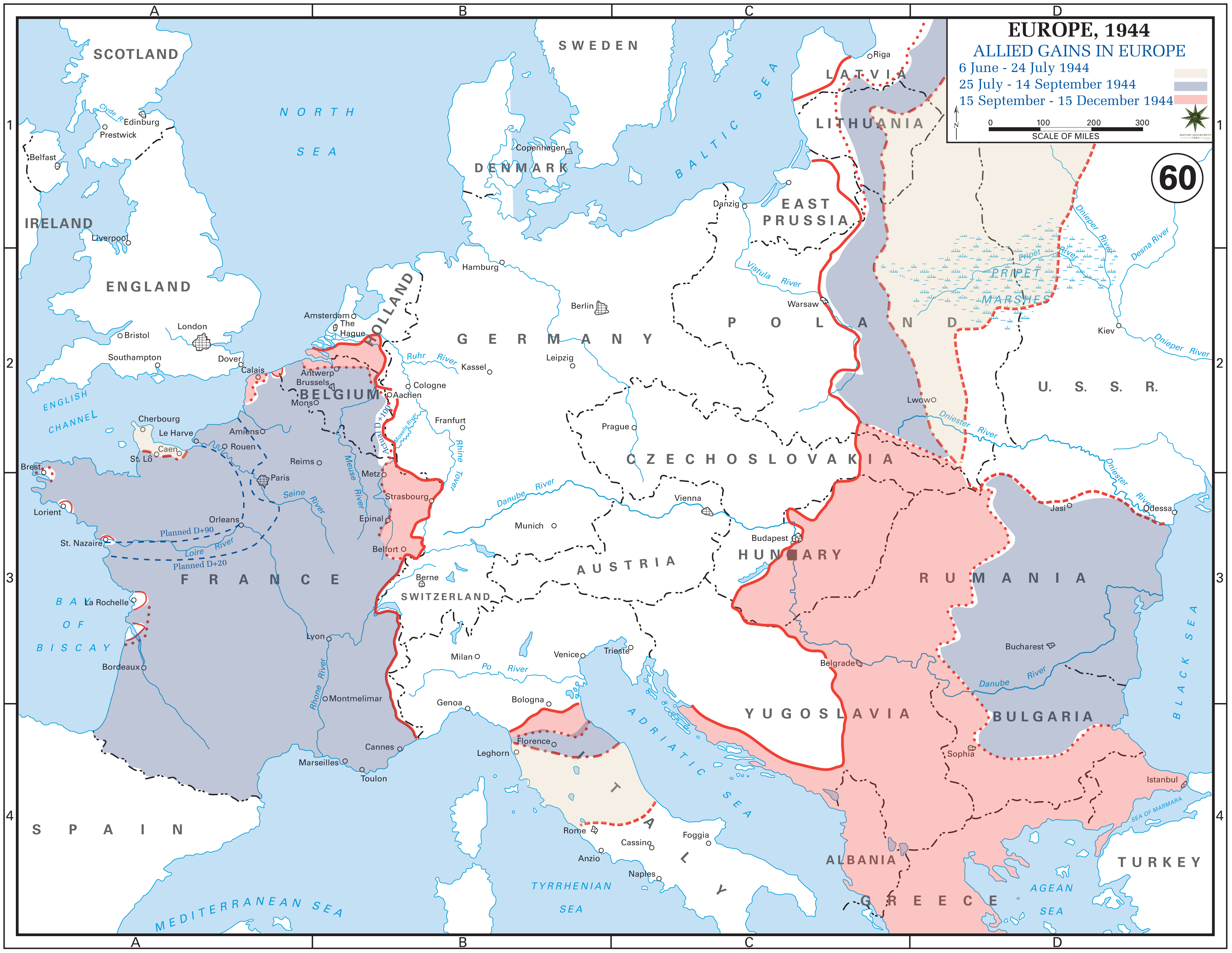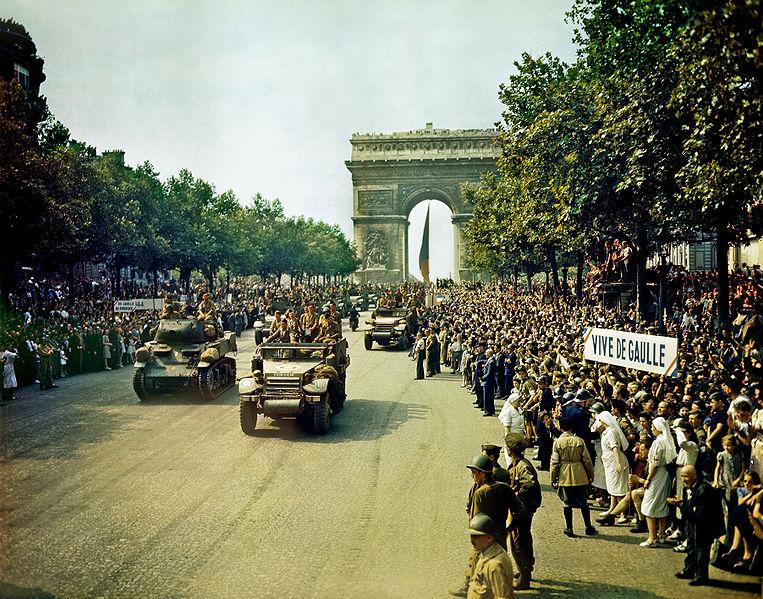After the D-Day invasion, the Allies needed only two months to reach Paris and liberate the French capital from Nazi occupation. Allied troops were met by cheering crowds, Charles de Gaulle, leader of the French resistance, led a parade down the Champs Elysees and through the Arc de Triomphe. But after that moment of joy, the war went on, as Allied armies continued pushing the Germans eastward towards the Rhine River and the German border. And for Parisians, as for all Europeans after the war, life after "liberation" could be as difficult as life before.
These articles, from Life magazine, will let you explore the liberation of Paris and what came after:
- Paris is Free Again! - in the midst of the enormous movement of the war in western Europe last week, one brilliant fact stood still: Paris was free again. (Life, September 11, 1944)
- Paris 1945: Life's Artists Show How the Freed City Has Fared - it was not easy for Paris, or for any French city, to face the realities that lay ahead. Liberation meant for some the hope that the Americans would save them from punishment; for others it meant the hope of building a better France out of the strength and dignity of resistance. Neither hope was to be realized in the nine months between the liberation of Paris and the end of war in Europe. (Life, July 16, 1945)

